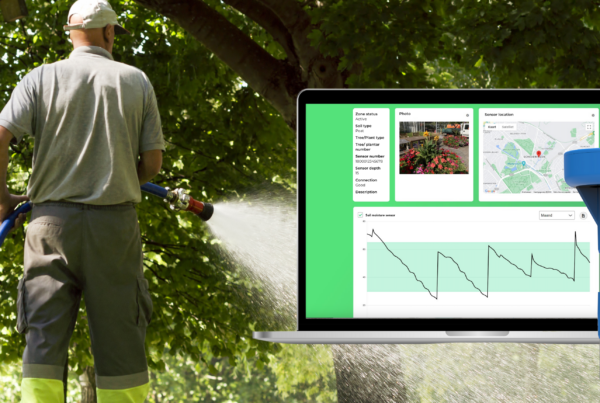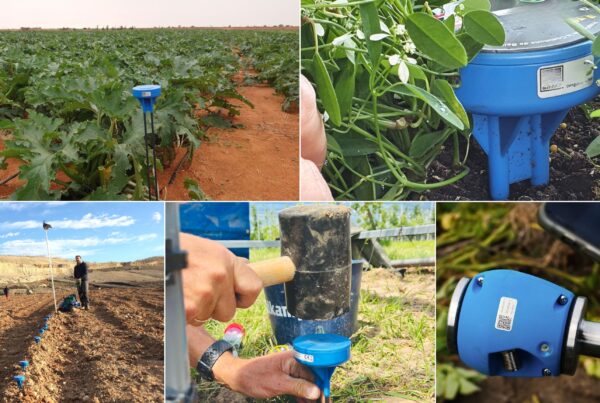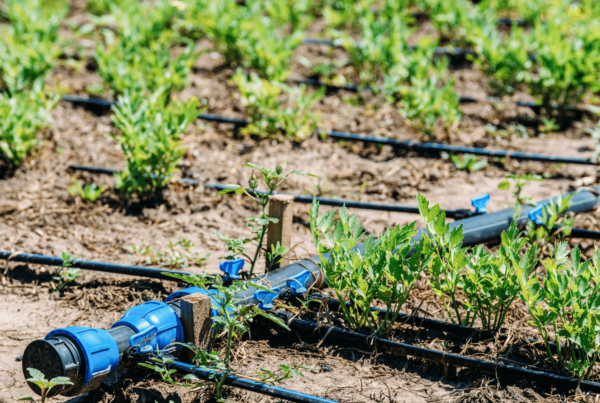The global freshwater resources are facing an unprecedented level of strain, eliciting a sense of urgency and concern. Numerous water reserves are confronted with the imminent threats of depletion and pollution, which means there is more pressure from both established and emerging stakeholders. This challenge is further compounded by the scarcity of water, as there simply isn’t enough to meet the demands of all.
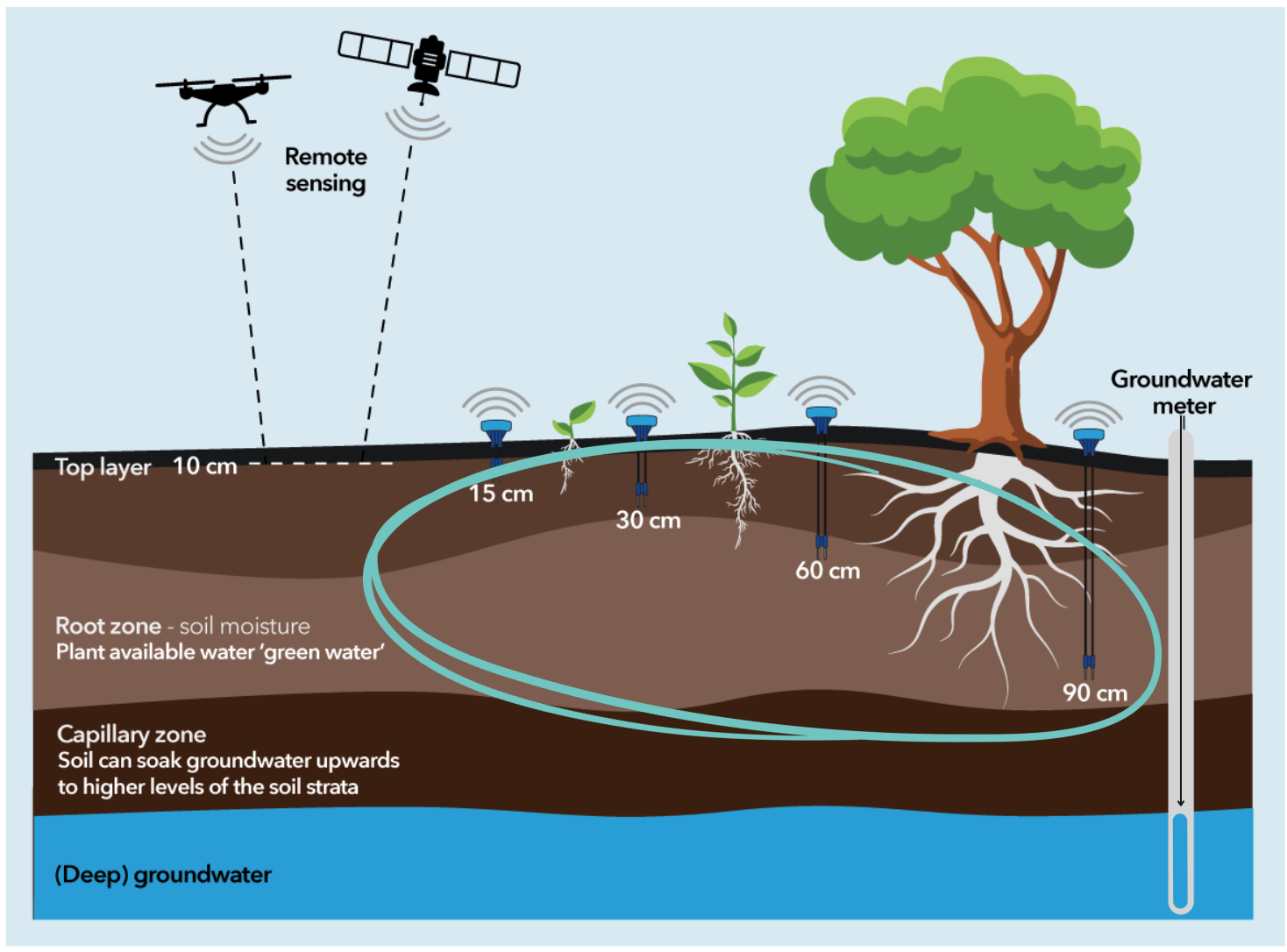
The importance of managing green-water is achieved with a combination of in-situ sensors, satellite, drone, weather data, and groundwater information.
Challenges Facing Global Freshwater Resources
The world’s freshwater reserves are under unprecedented strain, raising urgent concerns about depletion and pollution. Climate change exacerbates the situation, leading to increased temperatures, prolonged dry spells, and intense rainfall events. Climate change, population growth and increasing water scarcity will put pressure on food supply (IPCC, 2014) as most of the freshwater used, about 72 percent on average, is used for agriculture (UN-Water, 2023).
To address this multifaceted challenge, empowering stakeholders with tools and knowledge for efficient water use is essential. Promoting pollution prevention measures and implementing water conservation strategies, especially during droughts, are crucial steps.
Water resource management involves complex decisions balancing competing interests like agriculture, ecosystems, energy, industry, and safety. This complexity is further complicated by the transboundary nature of groundwater and surface water bodies.
Understanding Green-Water and Blue-Water Resources
Green-water, present in the soil’s upper layers, supports plant and soil life and is managed through agricultural practices. Blue-water, including groundwater and surface water, sustains ecosystems and human needs, with its management intertwined with upstream stakeholders’ practices.
Strategically allocating and utilizing both green- and blue-water resources can maximize benefits in terms of water availability and usage. Efficient green-water management enhances blue-water resources’ availability and quality.
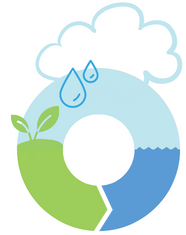
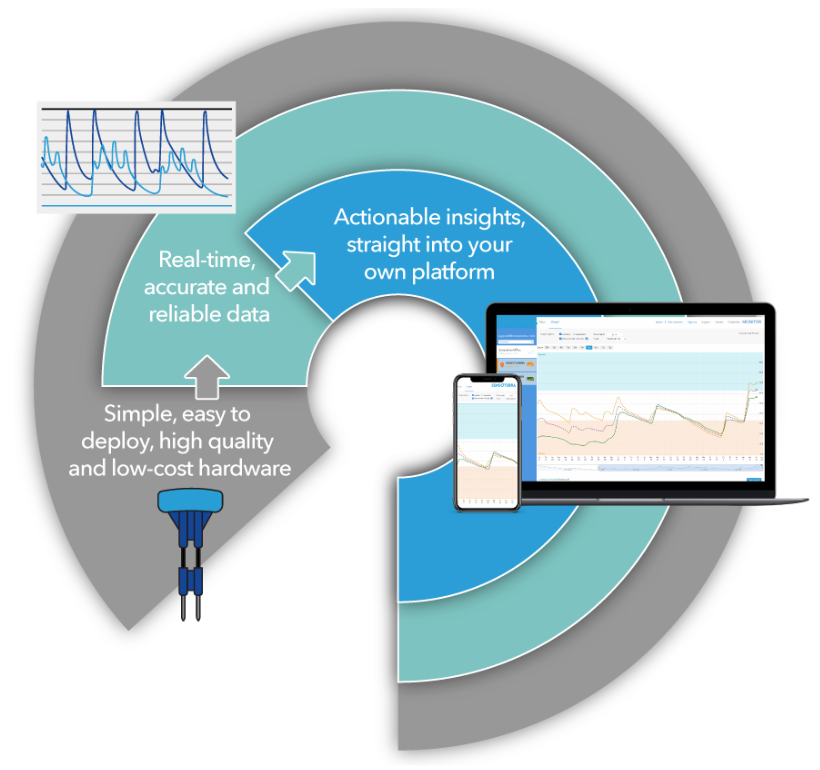
Incorporating Real-Time Soil Moisture Data
Adopting data-driven approaches is crucial for effective water governance. Accurate data informs policies and decisions, with soil moisture playing a pivotal role in addressing water challenges.
While satellite imaging provides valuable insights into soil conditions, real-time, in-situ measurements of soil moisture, particularly at the root-zone, are essential for daily management practices. This data offers insights into soil and plant health and water behavior within the soil.
The Central Role of the Monitoring Platform
When designing a monitoring system, various elements must be considered beyond technology alone. A comprehensive platform, integrating domain knowledge, user management, and sensor management, is essential for its success.
The monitoring platform acts as the central hub, bringing together all system components. It should offer configurability for different sensors and online data sources, while also incorporating domain knowledge to establish relevant thresholds and indicators.
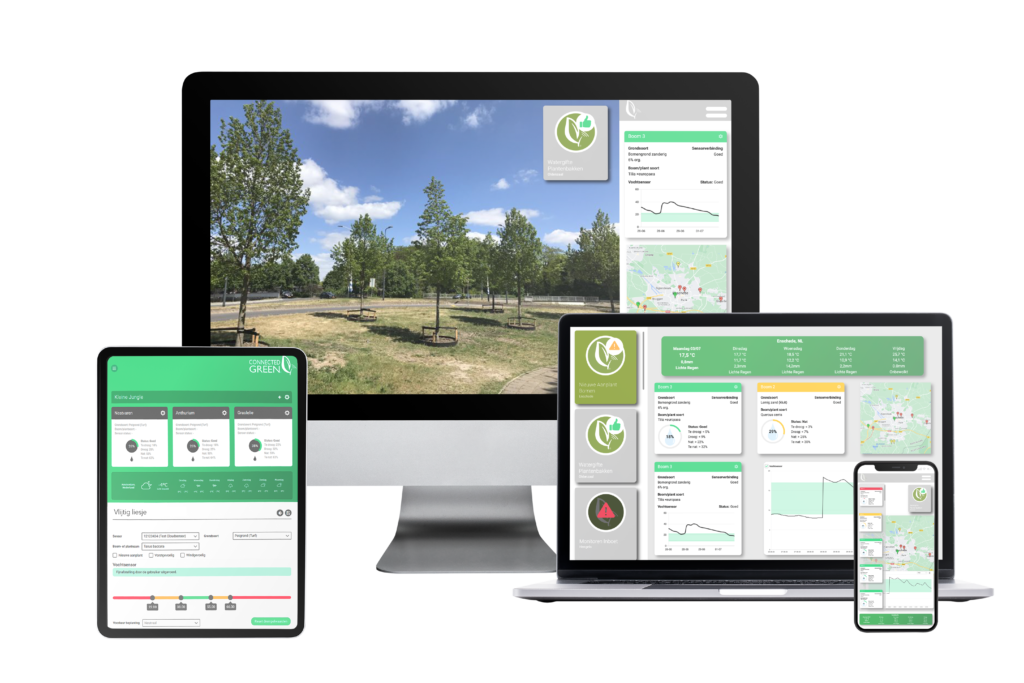
Sensor Technology
Choosing the right sensors is crucial, ensuring discreet installation in diverse environments. Low-maintenance sensors with long-lasting batteries, typically lasting 6 to 10 years with hourly measurements, are vital. Leveraging the LoRaWAN communication protocol enhances versatility, allowing sensors to be utilized across multiple projects and locations.
Flexible Sensor Placement
Positioning sensors within the root zone of plants, trees, or crops is essential for measuring green water. Various sensor lengths, including Multi Depth versions, cater to different needs. Concealing sensors using drainpipe covers, mulch, or wooden covers ensures functionality as long as they remain unobstructed.
With rapid hardware advancements and numerous suppliers in the market, managing different dashboards for each sensor type can be challenging. Adopting a hardware-agnostic monitoring system facilitates easy integration of devices, enhancing flexibility to adapt to various scenarios and maximize capabilities.
Download the free white paper on
Water Governance
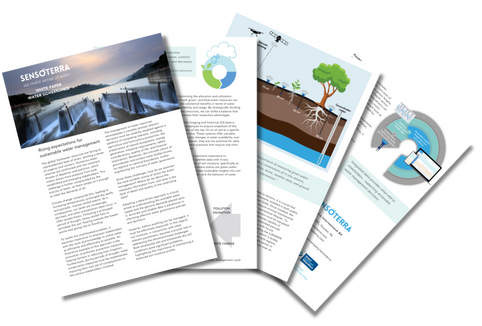
About Sensoterra
Sensoterra develops low-cost, simple, and robust wireless soil moisture sensors, providing actionable insights that enable water management platforms and solutions. Our sensors are built to integrate into any platform with our unique ‘API first’ philosophy – offering freedom and flexibility for data integration. It is our mission to enable water management platforms and solutions worldwide. We help by ‘Making Sense of Water’. We produce simple, robust, and low-cost wireless soil moisture sensors that are easy to deploy and built to integrate. With proven success in the applications of smart city landscaping, environmental monitoring, and precision agriculture, the Sensoterra solution integrates seamlessly in existing water and land management platforms.
Learn more at www.sensoterra.com
Contact for more information, pictures and/or interview requests:
Jessica Nuboer
Marketing & Communications
Sensoterra
Email: [email protected]
Get started with Sensoterra
To get started, answer a few short questions so we can send you a custom quote


